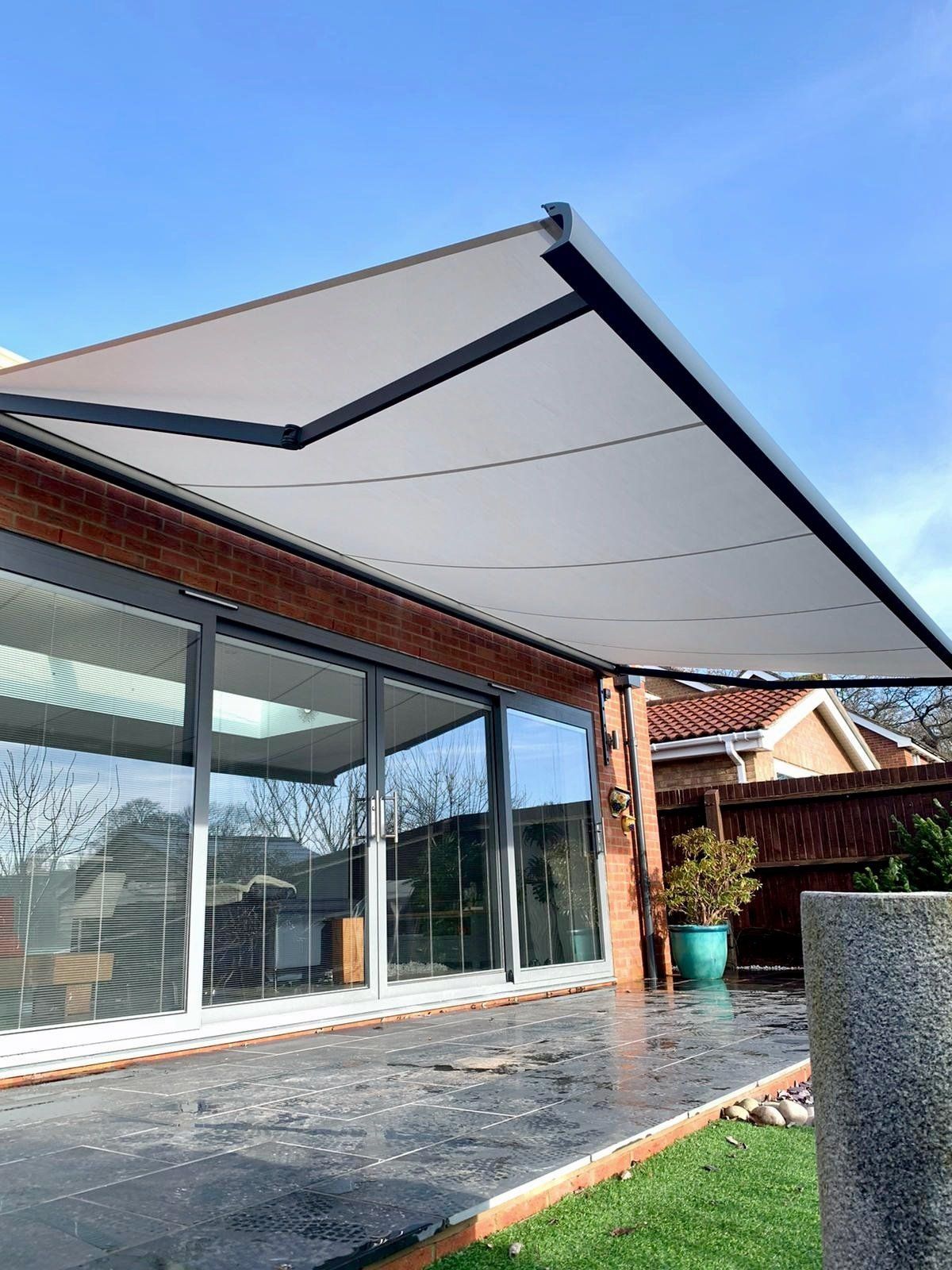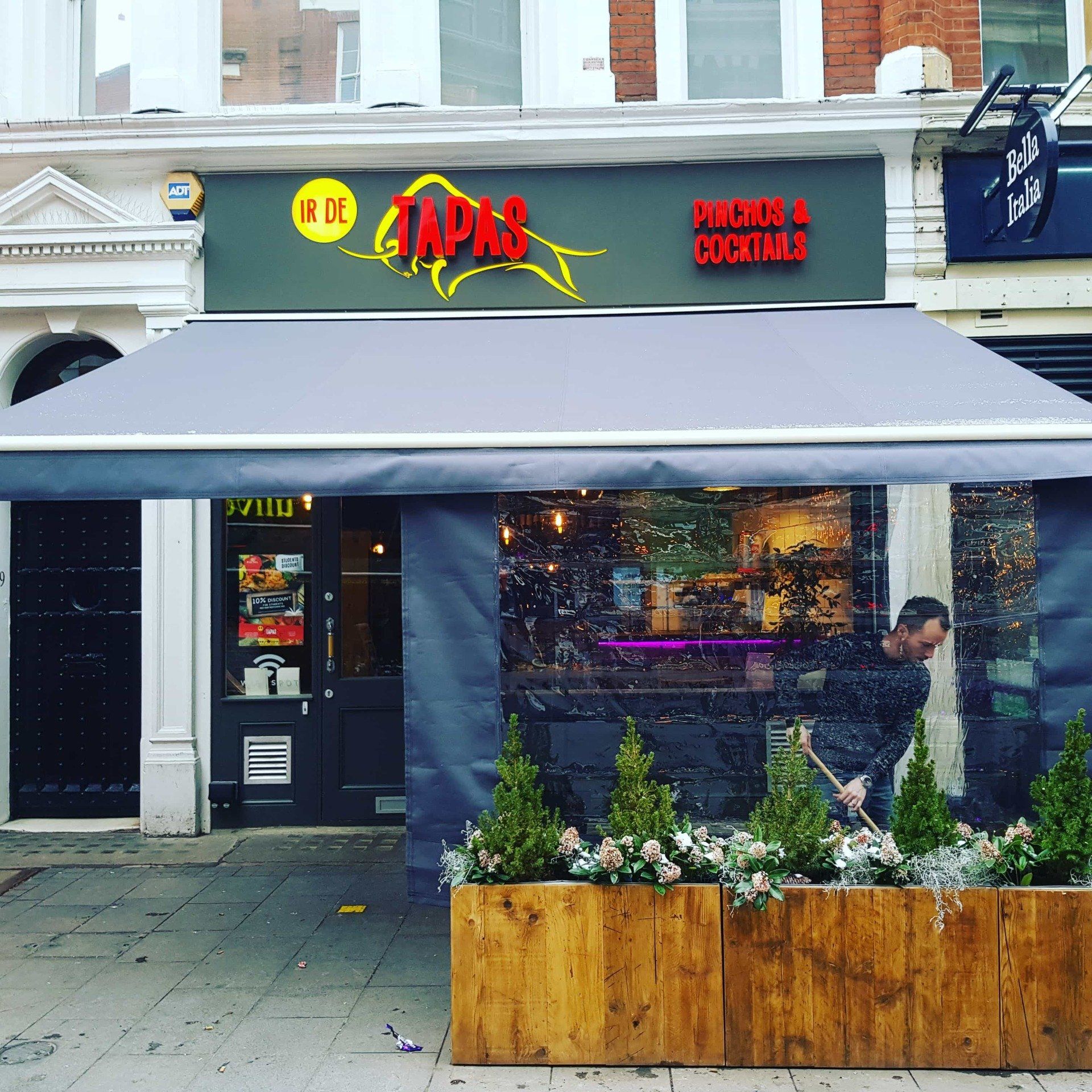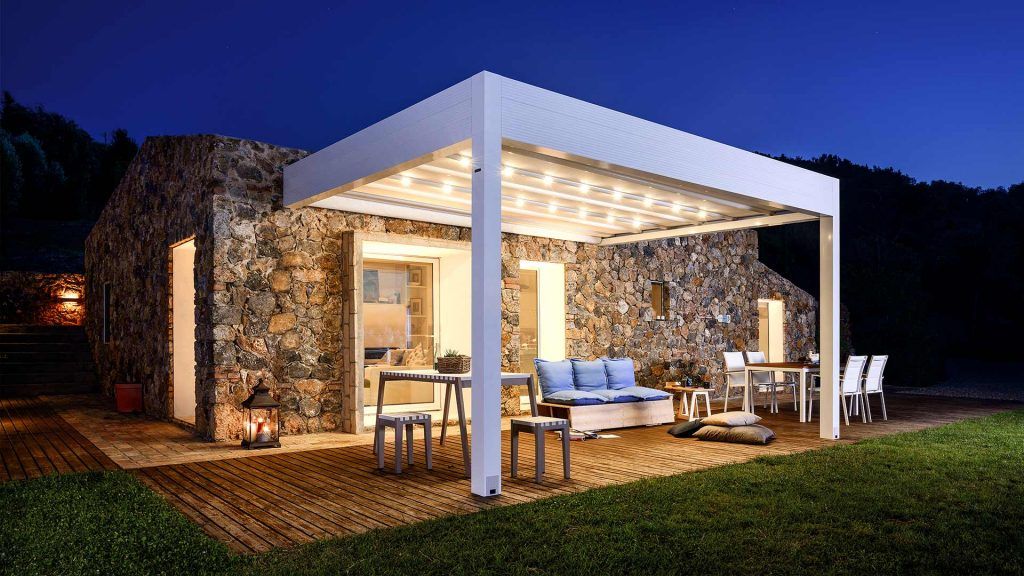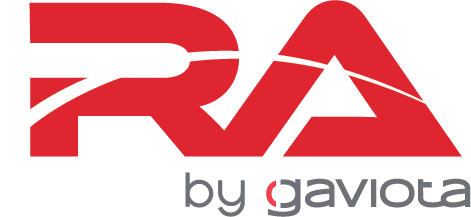Fitting Your Awning: Expert Solutions for Downpipes and Obstructions
Fitting Your Awning

Introduction
Fitting an awning can transform your outdoor living area, providing shade and shelter for year-round enjoyment. However, architectural features like downpipes can present unexpected challenges during installation. Understanding how to address these obstructions is key to ensuring a seamless fit and functionality of your new awning.
Assessing the Situation
Before installation, conduct a thorough assessment of the area. Identifying the exact location and size of downpipes will help determine the best approach for fitting your awning. Consider the awning's size, the projection distance, and how it will operate in proximity to the downpipe.
Solutions for Downpipe Obstruction
Adjusting Awning Placement:
- Offset Installation: If possible, adjust the placement of the awning to avoid the downpipe. This may mean shifting the awning to one side, ensuring it still provides adequate coverage for your intended area.
- Elevated Installation: Raising the height of the awning installation above the downpipe can provide a simple solution, allowing for unobstructed operation.
Modifying the Downpipe:
- Relocation: In some cases, it may be feasible to relocate the downpipe to a more convenient position. This should be done by a professional to ensure proper drainage is maintained.
- Segmenting: Adding a detachable segment or a flexible joint to the downpipe allows you to temporarily move or adjust the pipe during awning operation.
Custom Awning Solutions:
- Split Awnings: Some manufacturers offer custom awnings designed to accommodate architectural features like downpipes. A split awning consists of two independently operated awnings mounted on either side of the obstruction, providing full coverage without interference.
- Bespoke Design: For unique situations, a bespoke awning design may be the best solution. Specialist providers can create an awning that fits around the downpipe, ensuring functionality and aesthetic appeal.
Planning and Professional Advice
- Consultation: Engaging with an awning supplier or installer for a professional consultation can provide insight into the most effective solution for your specific situation.
- Planning Permission: Before making structural changes, such as relocating downpipes, check if planning permission is required. Your installer or local council can advise on regulations.
Installation Considerations
Choose an experienced and reputable installer who can navigate the challenges of fitting an awning with downpipe obstructions. A skilled professional can ensure the installation is safe, secure, and aesthetically pleasing, avoiding potential issues down the line.
Conclusion
Downpipes need not be a barrier to installing the perfect awning for your outdoor space. With careful planning, expert advice, and creative solutions, you can overcome this obstacle, ensuring your awning adds beauty and functionality to your home. Whether through adjusting the installation, modifying the downpipe, or opting for a custom awning design, there's always a way to achieve the perfect fit for your needs.
You might also like








